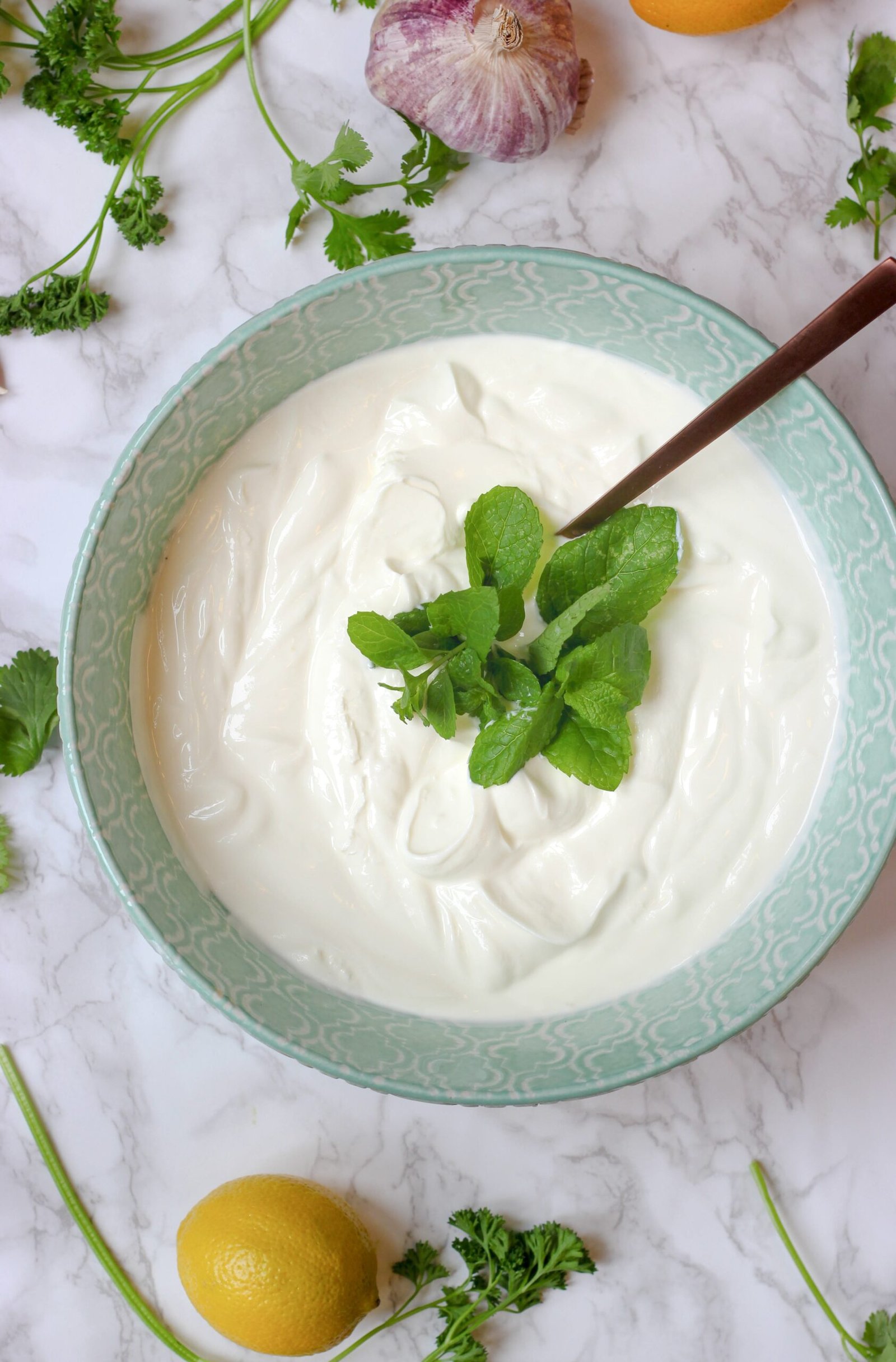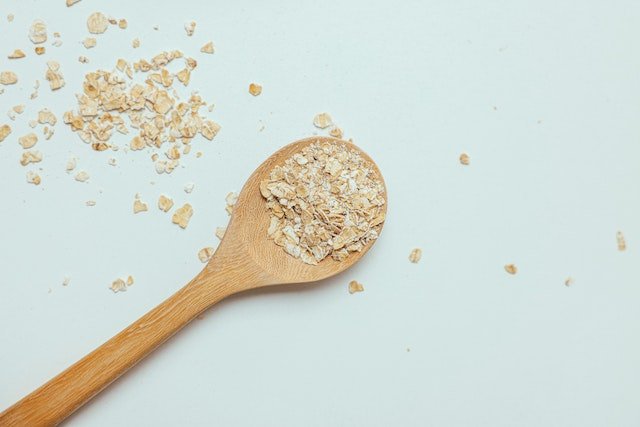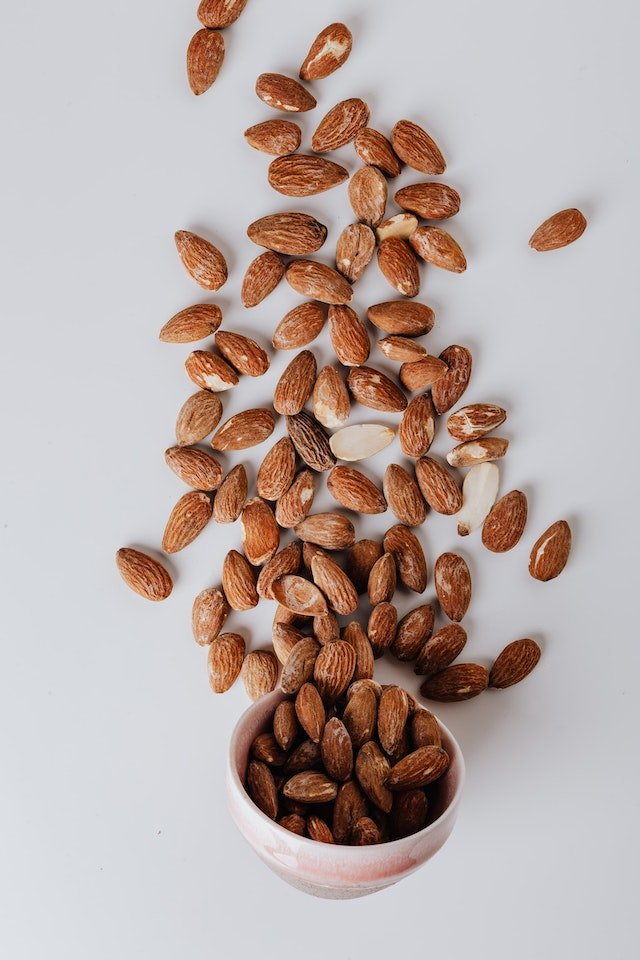The Delicious and Nutritious Benefits of Salmon
Salmon is a delicious and nutritious fish that is enjoyed by people all over the world. With its distinctive pink to orange-colored flesh and rich, oily texture, salmon is not only a culinary delight but also a powerhouse of nutrition.
There are several species of salmon, each with its own unique characteristics and flavors. Atlantic salmon, known for its flavorful and tender flesh, is native to the North Atlantic Ocean and has been farmed in various parts of the world. Pacific salmon, on the other hand, includes species like Chinook or King Salmon, Coho Salmon, Sockeye Salmon, Pink Salmon, and Chum Salmon, each with its own distinct taste and texture.
Nutrition Facts
100 grams of cooked, dry-heat, Atlantic salmon provides:
- Calories: 206 kcal
- Protein: 22.1 grams
- Total Fat: 12.4 grams
- Saturated Fat: 2.4 grams
- Monounsaturated Fat: 4.5 grams
- Polyunsaturated Fat: 3.5 grams
- Omega-3 Fatty Acids (EPA and DHA): 0.69 grams and 1.46 grams
- Cholesterol: 63 milligrams
- Sodium: 47 milligrams
- Potassium: 384 milligrams
- Calcium: 15 milligrams
- Vitamin C: 3.7 milligrams
- Zinc: 0.43 milligrams
- Folate: 34 micrograms
- Selenium: 41.4 micrograms
It’s important to note that these values are approximate and can vary depending on factors like the cooking method and the specific type of salmon.
Health Benefits of Salmon
1. High in Omega-3 Fatty Acids
Salmon is one of the best dietary sources of omega-3 fatty acids, which are crucial for various health functions. These healthy fats have been linked to improved heart health, reduced inflammation, and better cognitive function.
The omega-3 fatty acids in salmon can help lower triglyceride levels, reduce blood pressure, and improve cholesterol levels, all of which contribute to a healthier heart. They also support healthy blood vessel function and reduce the risk of arrhythmias.
2. Cognitive Health
DHA, one of the omega-3s in salmon, is a vital component of brain cells and has been associated with better cognitive function and a reduced risk of cognitive decline, including Alzheimer’s disease.
3. Reduce Inflammation
The omega-3 fatty acids in salmon have potent anti-inflammatory properties, which can help reduce inflammation in the body. Chronic inflammation is linked to many diseases, and consuming salmon regularly can help combat this.
4. Better Weight Management
Salmon is an excellent source of protein, which can promote feelings of fullness and help with weight management. It reduces appetite and increases metabolism, making it a valuable addition to a balanced diet.
5. Optical Wellness
The omega-3 fatty acids in salmon are beneficial for maintaining good eye health and may reduce the risk of age-related macular degeneration, a common cause of vision loss in older adults.
6. Healthy Glow
The omega-3s in salmon can help keep your skin healthy and hydrated, reducing the risk of skin conditions like eczema and psoriasis. It contributes to a radiant and youthful complexion.
7. Reduced Risk of Depression
Some studies suggest that a diet rich in omega-3 fatty acids may help reduce the risk of depression and improve mood. Consuming salmon regularly can contribute to better mental well-being.
Potential Health Risks
While salmon provides numerous health benefits, it’s important to be aware of potential health risks associated with its consumption, especially in excessive amounts. These risks include:
1. Mercury Content: Salmon, like most fish, contains some amount of mercury. While this is not a concern for most people, high levels of mercury can be harmful, especially to developing fetuses and the nervous systems of young children. It’s important to be cautious about consuming fish with high mercury levels.
2. Bleeding Problems: High doses of omega-3 fatty acids, such as those found in supplements, can act as natural anticoagulants or blood thinners. This can potentially lead to bleeding problems, especially when taken in combination with anticoagulant medications. It’s crucial to stay within recommended guidelines for omega-3 intake to avoid such issues.
3. Persistent Organic Pollutants (POPs): Some salmon may contain persistent organic pollutants, including polychlorinated biphenyls (PCBs), which are linked to an increased risk of type 2 diabetes, obesity, and other diseases. Farmed salmon may have higher levels of PCBs compared to wild salmon.
4. Cancer Risk: Salmon and other fish can accumulate cancer-causing chemicals or carcinogens from exposure to polluted water. While both wild and farmed salmon carry this risk, the benefit-to-risk ratio is generally more favorable for wild-caught salmon.
Ways to Enjoy Salmon
Whether you’re hosting a dinner party or cooking a weeknight meal, there are several ways to enjoy salmon:
– Baking: Preheat your oven to 375-400°F (190-200°C) and bake seasoned salmon on a sheet for 12-15 minutes per inch of thickness.
– Grilling: Preheat your grill to medium-high heat and grill salmon for 4-5 minutes per side until opaque with grill marks.
– Poaching: Simmer salmon in a flavorful liquid for 8-10 minutes.
– Steaming: Steam salmon for 8-10 minutes over simmering water.
– Broiling: Preheat your broiler and broil salmon for 3-4 minutes per side.
– Smoking: Use a smoker for a smoky flavor (specialized equipment and longer cooking time).
– Cedar Plank: Grill or bake salmon on a soaked cedar plank for a unique smoky touch.
– Pan-Frying: Sear salmon in a skillet for 3-4 minutes per side for a crispy crust.
Each method provides distinct results, so choose what suits your taste and equipment. Whether you’re a fan of the classic grilled salmon or want to try something new like cedar plank cooking, these cooking methods will help you enjoy salmon in a variety of delicious ways. Bon appétit!







